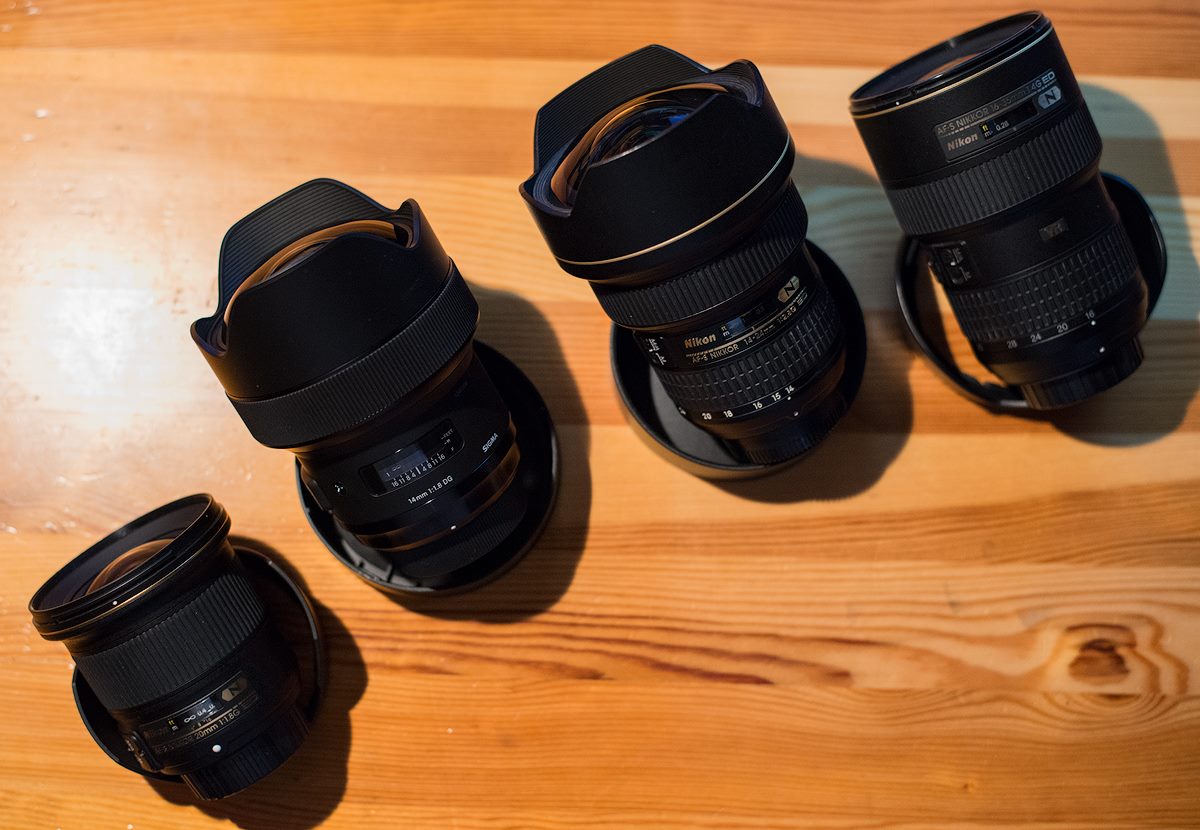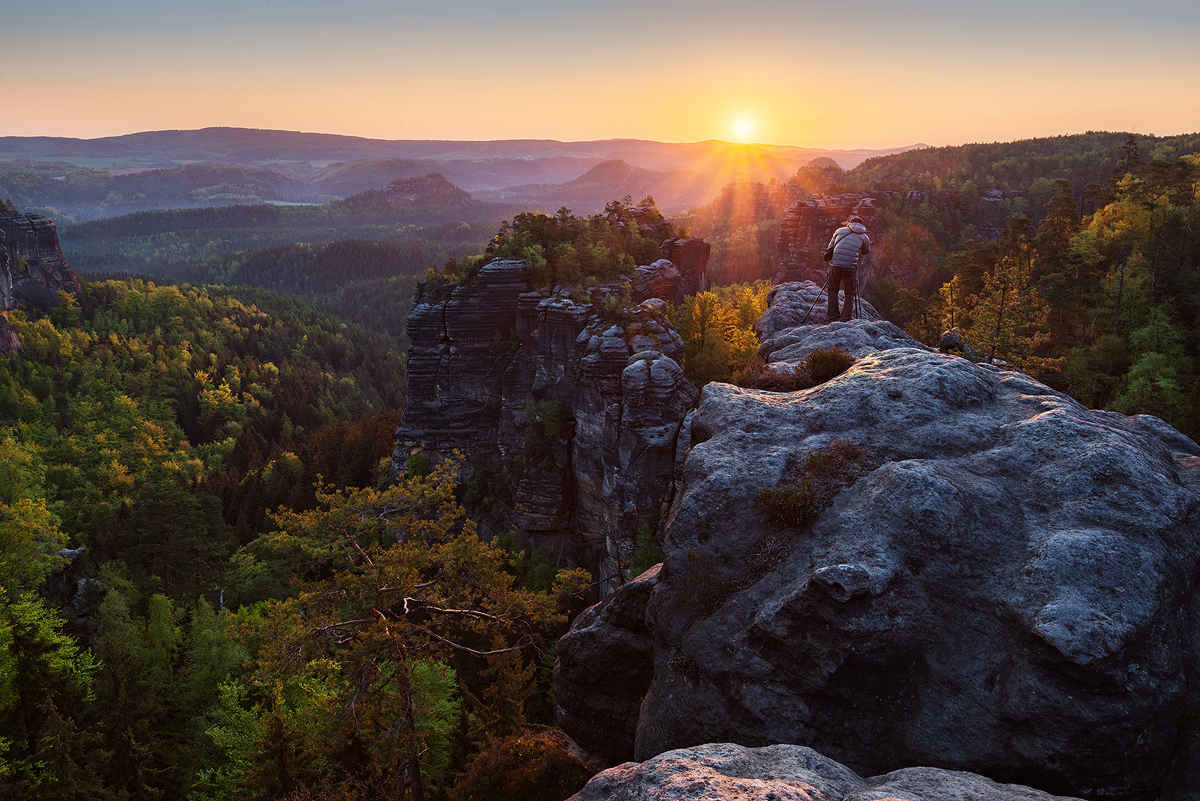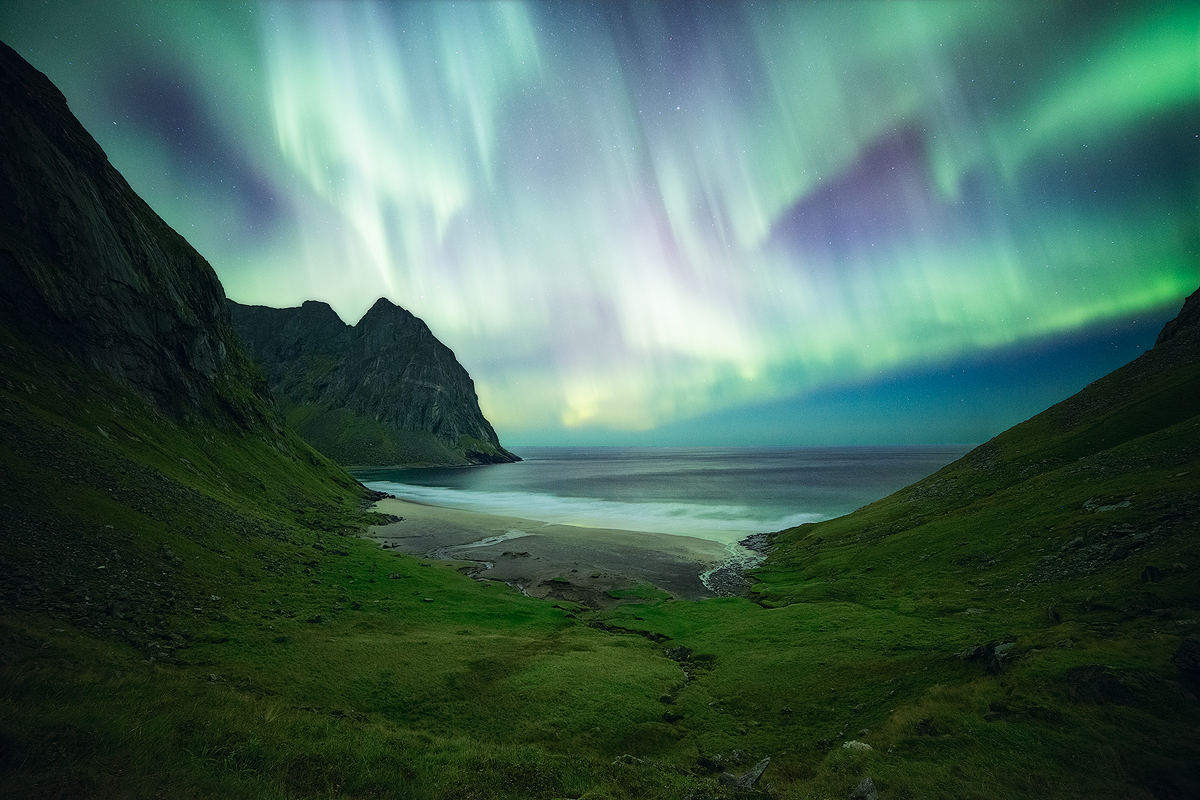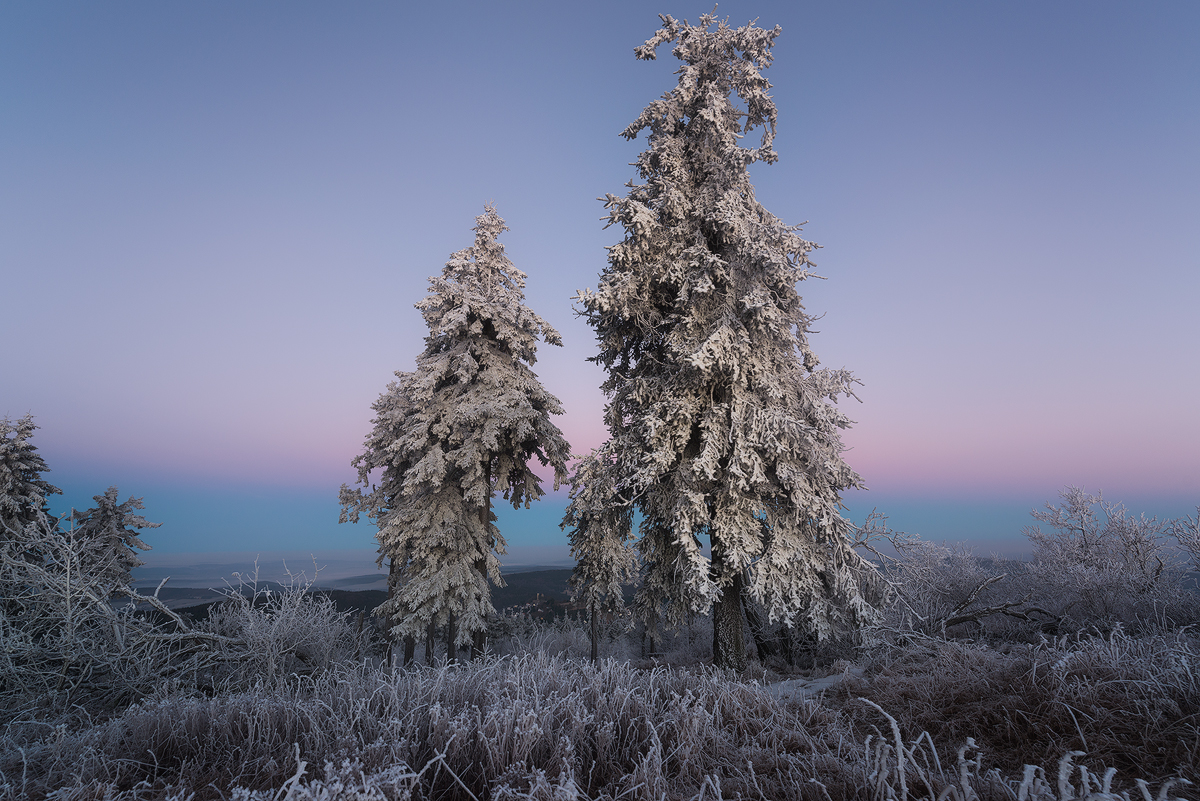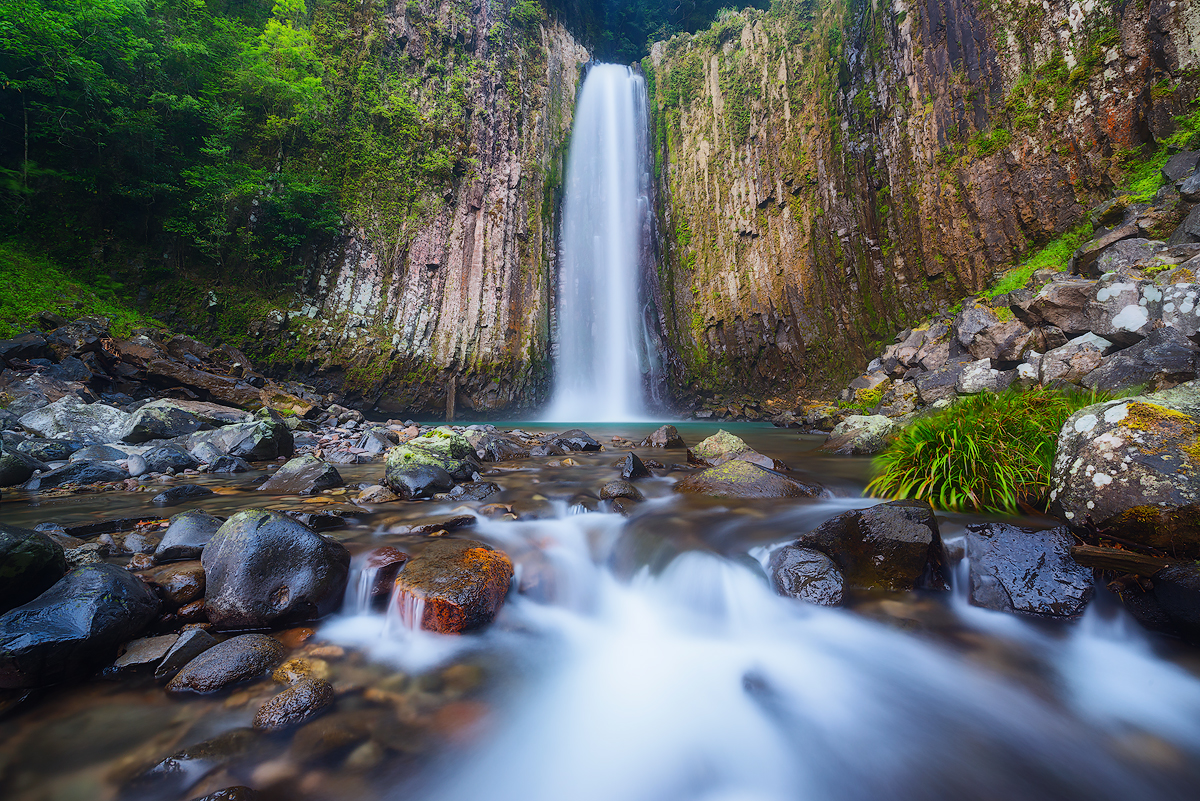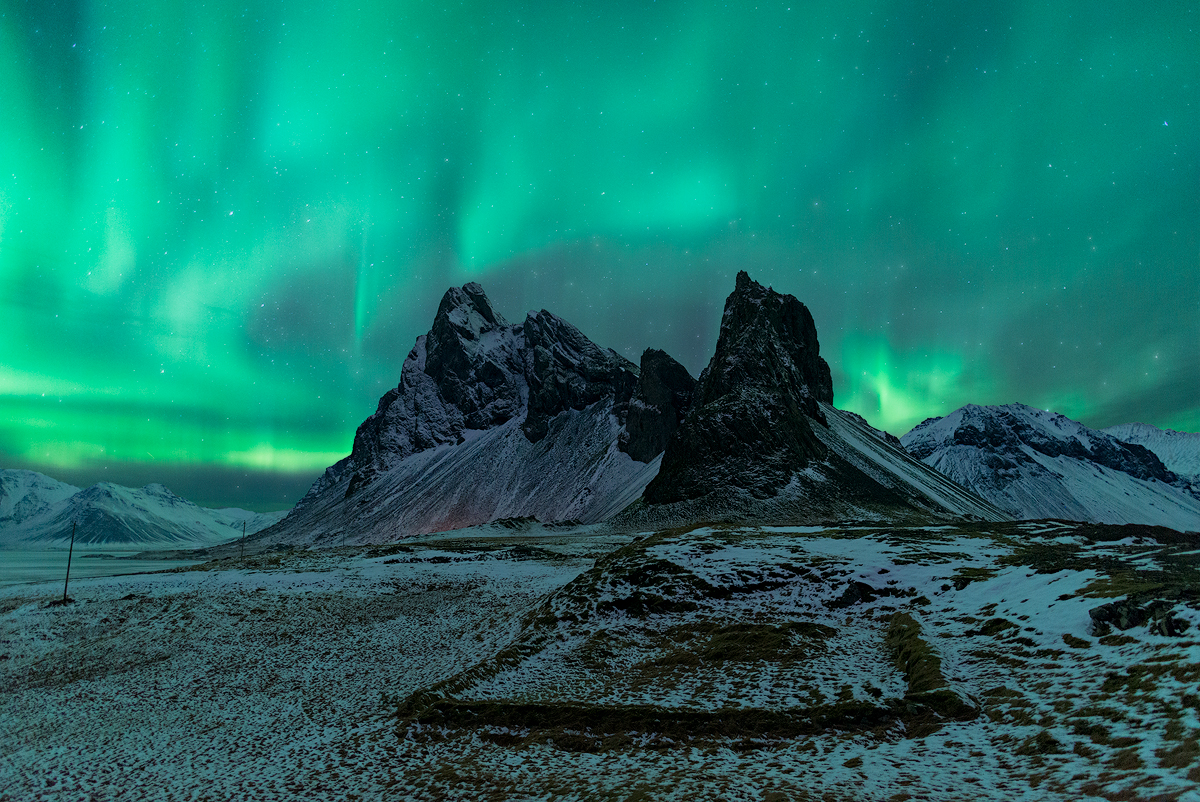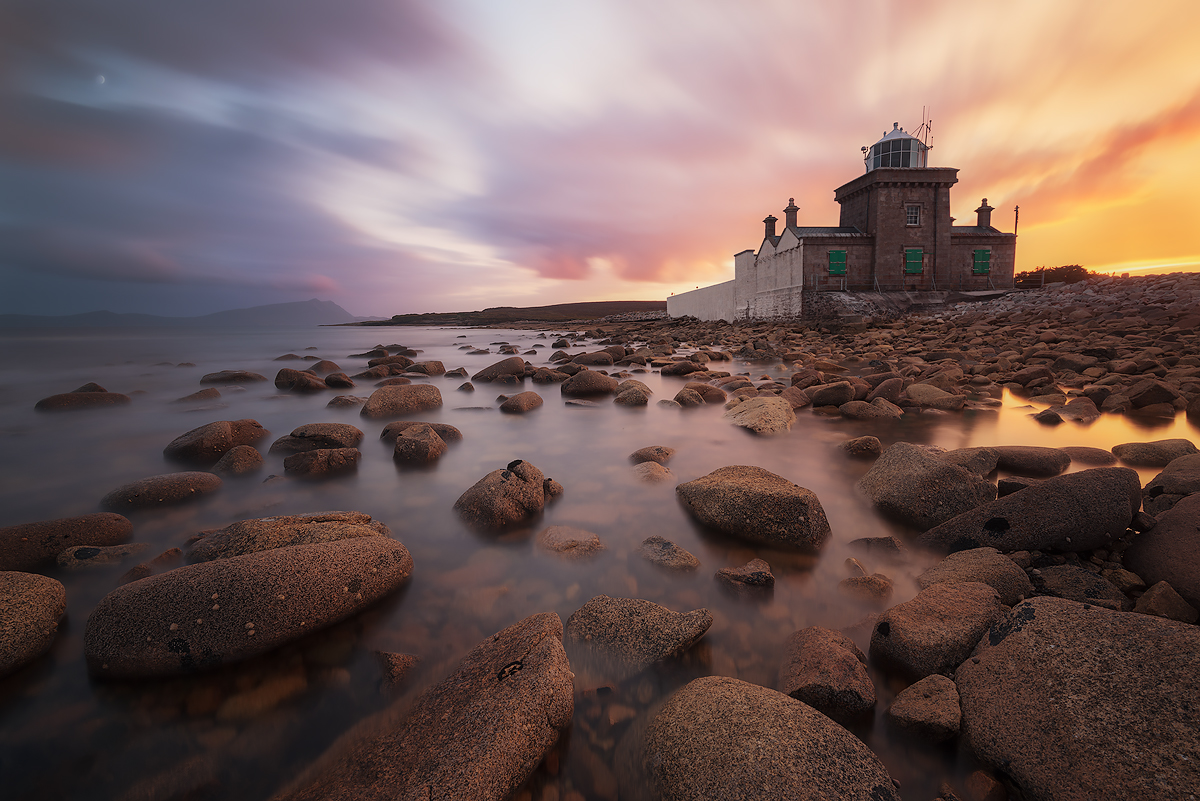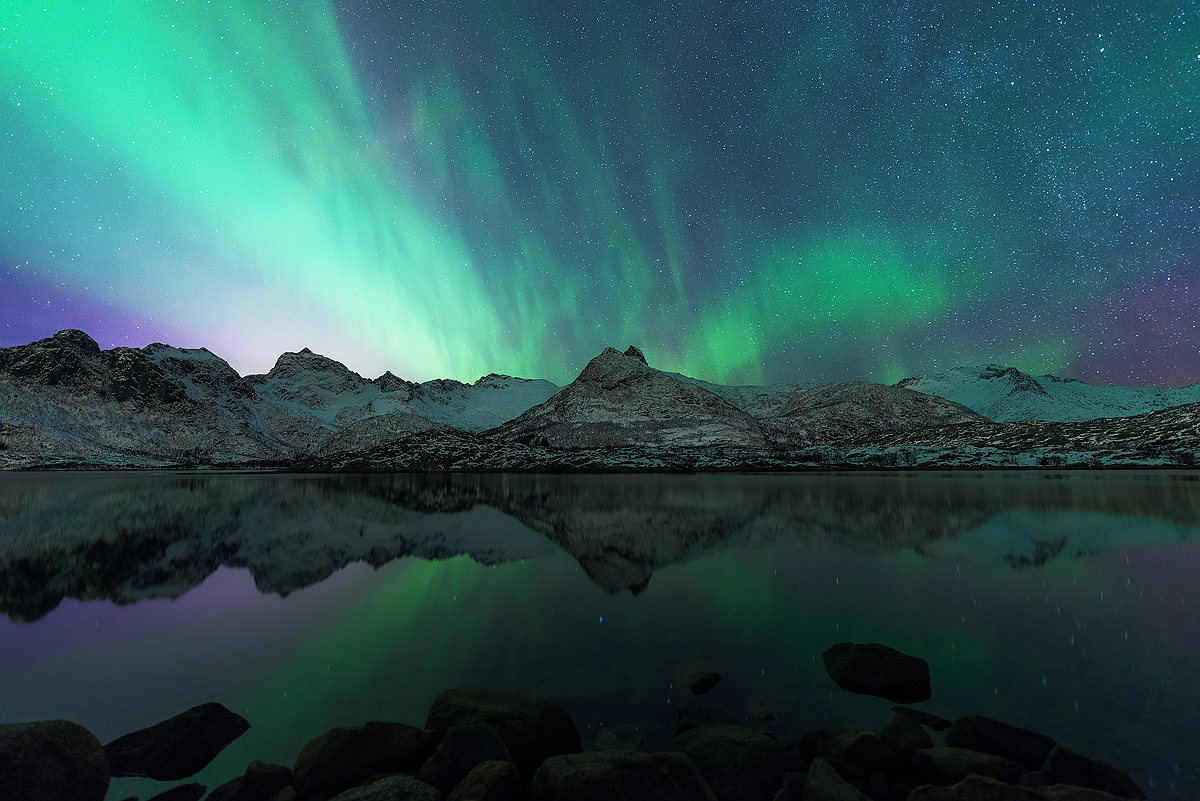After much consideration I thought I should invest some time into an extensive blog article about the topic of ultra wide angle lenses. I did so simply because I spent so much time trying and testing ultra wide angle lenses for Nikon Full Frame over the past years. All in all I had seven lenses over the past 4 years and somehow I always felt that something was missing or something wasn’t optimal in my lens setup – even now I do own three ultra wide angle lenses to cover all my needs. Whilst I might be a perfectionist in some regards and maybe also a bit of a tech geek, I figured that all these lenses have their individual advantages and disadvantages, depending on the needs of the photographer. To save everyone interested in finding out what the right lens for them might be, a little time, I wrote down my experiences with the different lenses and my thought process on why I bought or sold an individual lens and what my experiences with them were. At the end you will find a chart which compares some of the core features of the lenses, it may not be complete by any means, but I hope it can give some orientation that I wish I had when I first switched to Nikon Full Frame. Please note however that the main focus of my writing is always in regards to landscape photography as that is my main field of application for these lenses.
First of here is a list of all the lenses I used or still use (I hope to add more in the future as there are many more out there; or simply a 16-35 f/2.0 with 82 mm filter thread):
- Nikon 18-35mm f/3.5-4.5 G ED (8/2014 – 12/2016)
- Samyang 14mm f/2.8 F AE (08/2015 – 12/2016)
- Tamron 15-30 f/2.8 VC (12/2016 – 01/2017)
- Nikon 14-24mm f/2.8G (01/2017 – 08/2017)
- Nikon 20mm f/1.8G ED (01/2017 – Now)
- Nikon 16-35mm f/4.0 G ED VC (08/2017 – Now)
- Sigma 14mm f/1.8 DG HSM Art (11/2017 – Now)
To follow my train of thought a little easier I will wrote this entry in the sequence I owned the individual pieces of glass.
After I had set my sights on Nikon coming from Pentax, leaving the company specifically for full frame and a wider variety of ultra wide angle offerings, I knew I had quite some lenses at my disposal and initially already spent quite some time researching on what lens would be most appropriate for my work.
Nikon 18-35mm f/3.5-4.5 G ED
My first choice was the small, handy and light Nikon 18-35G. My reasoning was to find the best compromise of weight, optical quality, sunstar, filter thread and aperture. Since I had invested in the camera system and didn’t feel like spending more money than necessary the price of the 18-35 was alluring to me. Coming in at around 600€ at the time it was pretty affordable and the optical quality was said to be even better than the much more expensive 16-35 Nikon. Also I didn’t feel like I needed the visual stabilizer, believing that Nikon would go the route that Sony and Pentax had already decided to go at the time: building in the IS into the camera body – something that has not happened till this day, which does confound me. Without the IS the lens is considerably lighter which is very good for those who love to hike. Also half a stop more light at 18mm seemed like a reasonable sacrifice for 2mm less zoom range.
My experiences where very positive, to this day I really like the lens and sometimes consider to go back from the 16-35 that I currently own because the smaller, lighter 18-35 also has other advantages over it such as better image quality, better flare resistance and less vignetting. You trade in weather sealing and some build quality, but I never had any issues with the 18-35 when shooting seascapes or getting caught in the rain.
Recommendation: I highly recommend this lens to people who need a light and versatile ultra wide angle for hiking and don’t intend to shoot a lot of night photography; and I do recommend it over the 16-35 for those who don’t need the 2,5 stops IS or the two millimeters extra .
Taken with the Nikon 18-35mm
Samyang 14mm f/2.8 F AE
Pondering the idea of shooting more at night I quickly realized that with the 18mm focal range and aperture of f/3,5 I wasn’t going to get the results I had hoped for. So after only a few months I felt the need to add a second lens to my lineup in order to capture milky way shots and at the same time have a wider focal range. Sadly for Nikon there is no one „do it all“ lens, which really irks me and is part of why I wrote this.
Again, I went online and read about wide angle lenses on forums, talked to friends and skimmed through technical reviews. Since I was still on a budget as a student I gave the Samyang a try, even though I had read about quite a few bad apples out there, since the quality control of the company leaves lot to be desired apparently. I had to order three lenses to get a specimen without a de-centered lens or other mechanical issues. This was very annoying and I only ended up getting a good one, because I decided to buy a used lens by a photographer who had quite a good reputation and who was kind enough to let me test it beforehand. However at only 250€ used and around 400€ retail the price point is simply unbeatable. The third lens was very sharp when stopped down and still acceptably sharp wide open. I quickly grew accustomed to Its manual focusing, as the lens has enough focus throw for precise handling. The haptics left a lot to be desired and the sunstar was horrid, so I mainly used it for night shots, but in that field, considering the low price point, it excelled. The vignetting was strong, even for an ultra wide angle lens, but that’s an issue wich is somewhat fixable in Photoshop, if you know how to do extra exposures for the corners. Still this might be the only drawback that should be considered for astro photography aside a bit more coma than other lenses.
Recommendation: The Samyang is a one trick pony for budget photographers who want to shoot the night sky with an ultra wide angle. No filters, bad distortion and manual focus limit its utilization severely. If you just want to get some exercise or want to get your feet wet to see whether or not this particular subgenre is something for you, I would state a case for this lens however.
Taken with the Samyang 14mm
Tamron 15-30 f/2.8 VC:
After carrying around two separate ultra wide angle lenses for several months, I was thinking whether or not there was a way to combine the two into one lens. Many photographers praised the Tamron 15-30 as being the new and better Nikon 14-24 – a lens with almost mythical status among Nikon users. I was intrigued and since my friend Jan Pusdrowski had already bought one and was assuring me it is indeed that good, I decided to buy one to try it out myself. Coincidentally around the same time I was able to score a deal with Haida Filters for an endorsement so I wouldn’t have to worry about the cost of the filter system, which can be sensible when investing in a 1200€ lens, as I was. I was preferring it over the Nikon 14-24 because the sun star looked more orderly and it was simply newer so I figured the IQ would be indeed better as many reviews claimed. My intermezzo with the Tamron 15-30 was however very short. At first I was absolutely stunned by the great haptics of the lens and the feeling it conveyed. It’s heavy but therefor offers a great zoom range and good aperture values as well. It seemed to be like the best of both worlds only costing me a kilogram to carry. After having two lenses with a combined weight of almost a kilogram it didn’t bother me however. Still, after two weeks of shooting and a weekend on a short road trip with my friend Jonas Piontek, I was baffled how so many photographers were holding this lens in such high regards. I felt like the lens had either front focusing or something had to be broken as most of my shot turned noticeably blurrier than I expected. To me it seemed that the depth of field was also narrower than with the Samyang – something that isn’t supposed to be possible physically. All in all I wasn’t satisfied with the results at all. They were too bad to be normal but not bad enough to hint at a technical failure. To this day I don’t quite know what was wrong, or if I was just defied by my high expectations. So after testing Jan’s lens and doing a direct comparison with two other lenses and Nikon cameras I noticed his lens was on par with mine and concluded that I just expected more for the price point than was delivered. I decided I would get different lens – this time the holy grail: the Nikon 14-24.
Note: Since my personal experience seems to diverge very strongly of that of other photographers I thought to give my recommendation based on the empirical data.
Recommendation: Said to have IQ rivaling that of the Nikon 14-24 which is widely considered to be the gold standard and coming with a visual stabilizer and good aperture the only real downsides are the lack filter thread and massive weight and size. If you don’t use filters or don’t think the extra gadgets will bother you and need an allround UWA lens with good technical specs I would advise to give a try.
Note: I actually had to edit this shot only for this article because I never considered the quality of the shots I took with that lens to be good enough for my portfolio.
Taken with the Tamron 15-30mm
Nikon 14-24mm f/2.8G
After having been rather underwhelmed with the Tamron 15-30 I was eager to see if this Nikon would live up to the hype it receives. I knew that it was a decent performer because I had the opportunity to shoot with it several times before, yet in the following ten months I got to really get to know the lens. When I first used it I wasn’t really blown away by the haptic qualities of the lens, it simply felt old and unrefined and being originally released in 2007 its easy to see why. But this is a minor complaint as the sturdy metal construction much like the Tamron left little to be desired when it comes to sturdiness or weather sealing. During two weeks in Iceland I was able to get a thorough read on the lens and it was pretty much what I had expected: sharp, crisp and with decent night capabilities. I enjoyed the lens despite the lack of having a filter thread. By then I was fairly accustomed to using the big 150mm system. The only thing that made the lens a pain to work with were the extreme flares the lens got, much like the Samyang and the Tamron this lens has a severe issue with back lighting at almost every angle due to its bulbous front element. For sunset shooters not only this may be an obstacle but also the busy suntar. I found it to be very annoying. Later though, I grew accustomed to it and by now I actually like the sun star because it is very distinctive. After half a year however I felt like I only used the lens at 14mm and never in the upper zoom range because at the time I had already bought a 16-35 to be able to use screw in filters when needed – mostly when I was hiking or the weather was so stormy large square filters weren’t an option. This led me to sell the lens and then check out the Sigma 14mm 1.8. That was the sole reason for selling it. If you discount the expensive price point of 1800€ of the lens it is indeed a great lens for those who are looking for performance.
Recomendation: This is a everyone or no one kind of recommendation. As most of these type of lenses it comes at the drawback of no filter thread, bad flares and heavy weight, this combined with a hefty price lets most people think about getting this lens twice and it’s understandable. If you ignore those facts or they are not an issue to you, you get a stellar lens.
Taken with the Nikon 14-24mm
Nikon 20mm f/1.8G
Now, I wrote that I wanted to keep this in sequence, but I actually owned this lens twice. First I bought it in early 2016, but after about two weeks sent it back because I was frustrated that the focus throw of the lens, being an auto focus lens, was way to narrow to manually use it for night photography; but then bought it again in early 2017 before flying to Iceland because I wanted to give it another try. Initially my idea was to find a lens with a wider aperture than f/2.8. Back in 2016 I was looking for a dedicated night lens that I could take with me on hikes that wouldn’t add much weight to my pack which already counted out the Sigma 20mm 1.4 which comes in at around double the size and load respectively, has no filter thread and is more prone to flare. The Nikon 20mm on the other hand is only 400 grams is reasonably priced and has a 77mm filter thread as well as the most beautifully, even sun star of all Nikon lenses. It’s a great package. The only issue here is that it’s very tricky to focus the lens at night as previously mentioned. On neither my D800 or my D750, which are ’night blind‘ as I call it – having no real auto focus capabilities in the dark – is focusing manually easy because at 20mm and f/1.8 the depth of field is very narrow as you can imagine. It takes a couple of tries until what I intend to focus is actually sharp. The manual focus is so nimble less than half a millimeter of turning can make all the difference. But I often use the lens not only for night photography but also for regular landscapes, because it is sharp (and still acceptably sharp at f/2.0) and because of its outstanding sun star. It may seem redundant carrying this lens around having two other ultra wide angle lenses, but it’s just too good to sell again even if the lack of focus throw somewhat negates my primary field of use I intended it for. I just need to be a bit more patient and go out more to practice I reckon.
Recommendation: I absolutely recommend this lens to everyone who’s looking for a versatile prime lens which performs well in all fields, especially to those who likes to hike; that is if you have very good instincts when it comes to manual focus at night or don’t plan to shoot nightscapes with it. It is also alongside the Nikon 18-35 f/3.5-4.5 the best value for money option.
Taken with the Nikon 20mm f/1.8
Nikon 16-35 f/4.0
When I met up with fellow photographers Dennis Oswald and Markus van Hauten in Cologne we talked about lenses for Nikon quite a lot and Dennis also had the issue that there is no good single option that can do it all like the Canon 16-35 for Nikon users. By the time the new Sigma 14mm lens had just been announced which is why we thought I may just as well split up lenses again, one for general shooting and one for dedicated night stuff and additional low end focal length. At the time I was still using my 14-24. Since I already had the Nikon 18-35 I thought I might as well give the Nikon 16-35 a try and see if it really performs worse than its smaller, more affordable brother. So the idea was to trade in the 14-24 for the 16-35 and then later buy the 14mm 1.8 Sigma. I bought the former before leaving to Ireland and had plenty of time to test it. The result is that I like the 2mm extra I get at the bottom end, but aside from that it’s slightly worse than the 18-35 when it comes to image quality. Still it’s heavier, more expensive and takes up more space. It’s not the worst of lenses but certainly doesn’t deliver the optional quality on higher megapixel cameras. For reasons of time and general laziness as well as the shorter focal length I somehow haven’t traded it for the 18-35 again at this point though. That said I don’t really see any reason to keep it in the long term. I hope that Nikon does update this lens really soon, it is in dire need of some refurbishing in various areas.
Recommendation: I would only recommend this lens to those who either need the image stabilizer, weather sealing, or the bottom end focal length at any cost. For everyone else I would recommend the smaller, newer, and in my opinion superior Nikon 18-35 f/3.5-4.5G.
Taken with the Nikon 16-35 f/4.0
Sigma 14mm f/1.8
So after selling the 14-24 I didn’t have any dedicated ultra wide angle with night shooting capabilities and a really wide field of view. I simply used my 20mm 1.8 for everything. So I actually spent 1600€ on this Sigma lens, hoping that it’d be the non compromising piece of gear that the company hailed it to be. I read some reviews which left the me with the impression that it’s not the end all be all, but still the best option on the market. My first impressions on the Lofoten islands were really positive. The lens may weighs a staggering 1,2 kilograms and it takes up more space then most of my other lenses, but it does deliver ultra sharp images and is acceptably sharp wide open (if you consider DOF). Furthermore it has a decent sunstar and really fits into the premium segment of lenses when it comes to the haptics, the lens just feels great to work with. I can’t say how long I will have this lens, because I must admit that I don’t intend to take it out into the mountains due to its miserable weight to versatility ratio, but for drive up stuff it’s pure wide angle bliss, even when you have to apply huge, clunky filters for some applications. With the new Haida system I am pretty confident that even filter usage on this lens will grow on me. It’s low on coma, for a bulbous front element it has bearable levels of flare, and focusing is easy enough at 14mm wide open to be able to work with it.
Recommendation: This lens if great for those who don’t have to consider price point or weight and just want the best lens capable of shooting aurora, stars, or the milkyway at wide open apertures.
Taken with the Sigma 14mm f/1.8
Last but not least here is a summary of all the factors that I deem relevant in a ultra wide angle lens in a simple table. It’s not featuring all the data, but at least gives a good overall impression and is intended to be a starting point for those looking to get some information on the lenses side by side. I used the empirical data of various testing sites to complete this small sheet. There are many great review platforms out there, where you can find solid information and full length tests on each individual lens such as dxomark, dpreview, photography life and so on. Also you can check out full resolution imagery of most lens and body combinations on pixelpeeper.
As per usual all the visual data such as vignetting and coma regards the lens‘ performance wide open. The other data is a cross section of various focal lengths and aperture settings as I experienced them (so this is subjective)
I hope that some of the passages were interesting for you and gave some insight into my trains of thought when buying this that or the other lens. This humble list is by no means complete, there are many more ultra wide angle lenses out there for me to try and test like the new Sigma 14-24 f/2.8, Irix 15mm 2.4, Irix 11mm f/4, or Laowa 12mm f/2.8. Let’s hope though that at some point there is something like a 14-35mm f/1.4 with a 77mm or 82mm filter thread for Nikon that weighs about half a kilo. I know this isn’t likely anytime soon due to technical limitations and simply physics, but one can dream, right? If you have any questions regarding my experiences with the lenses feel free to reach out to me!
